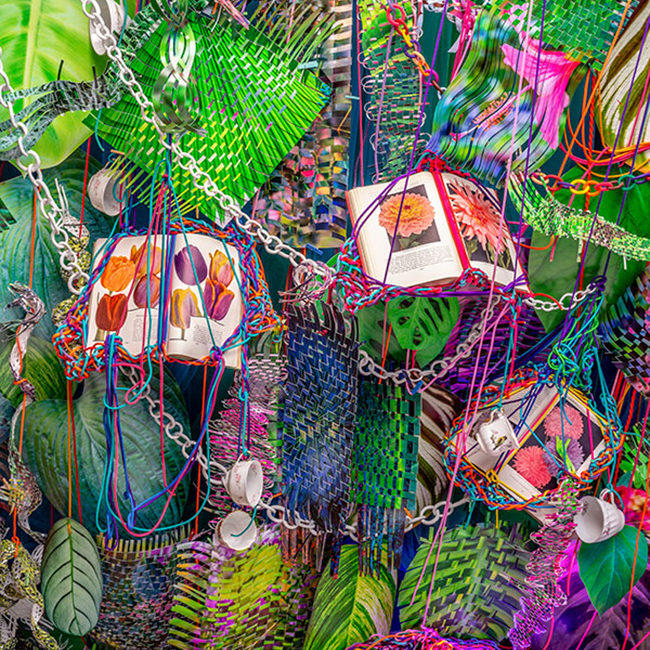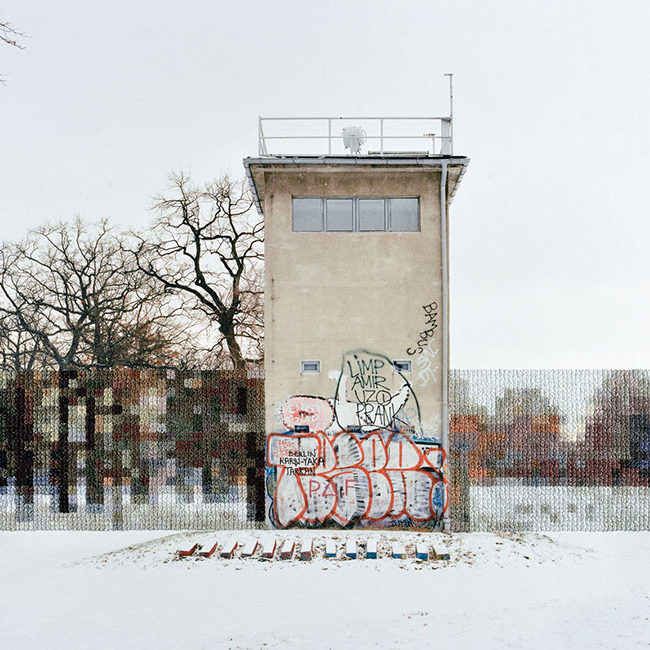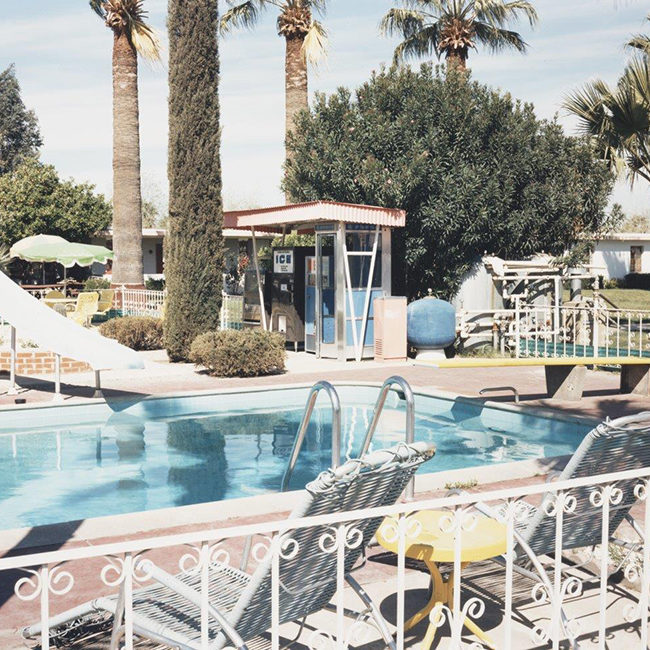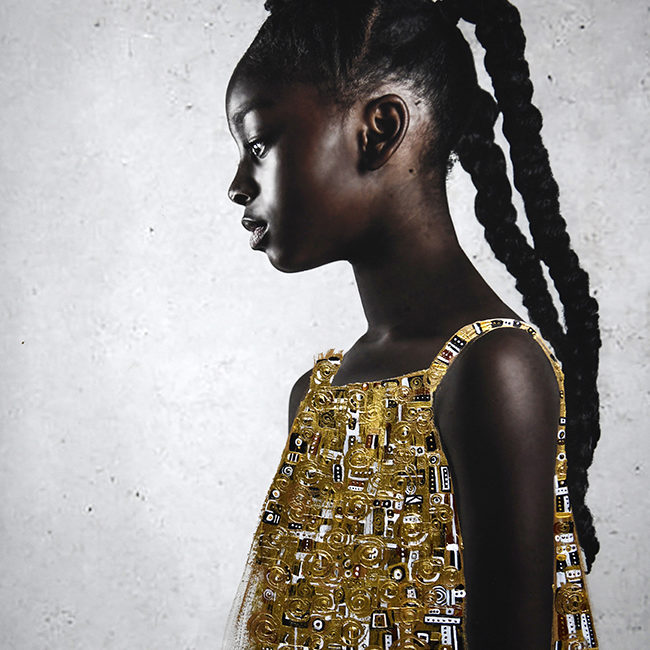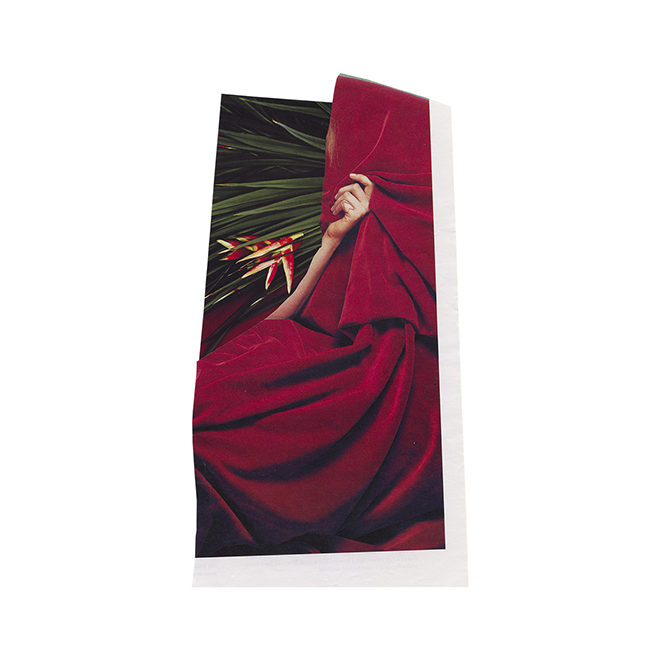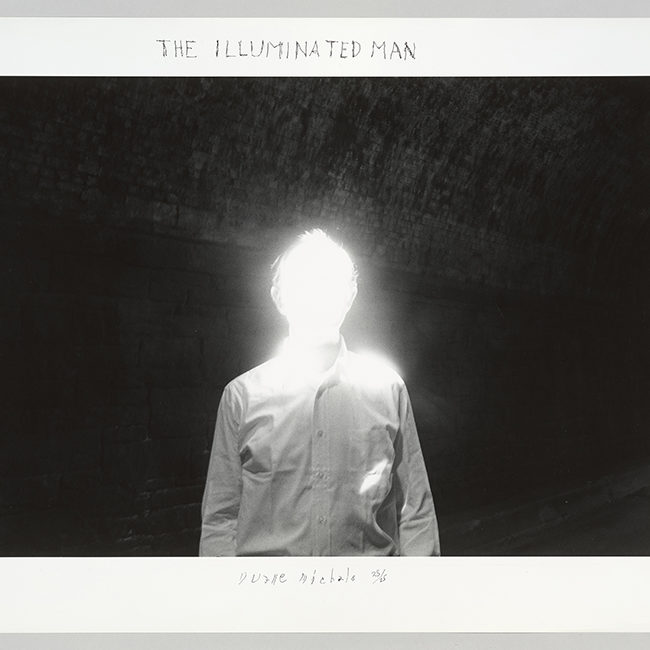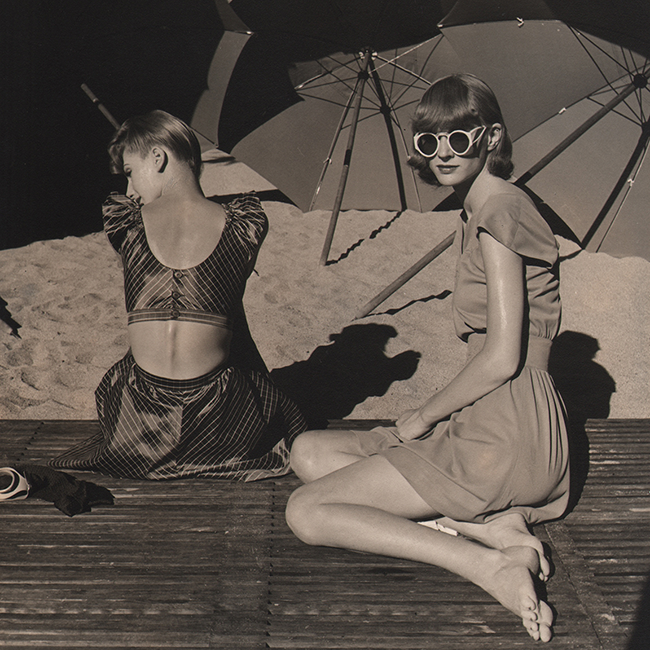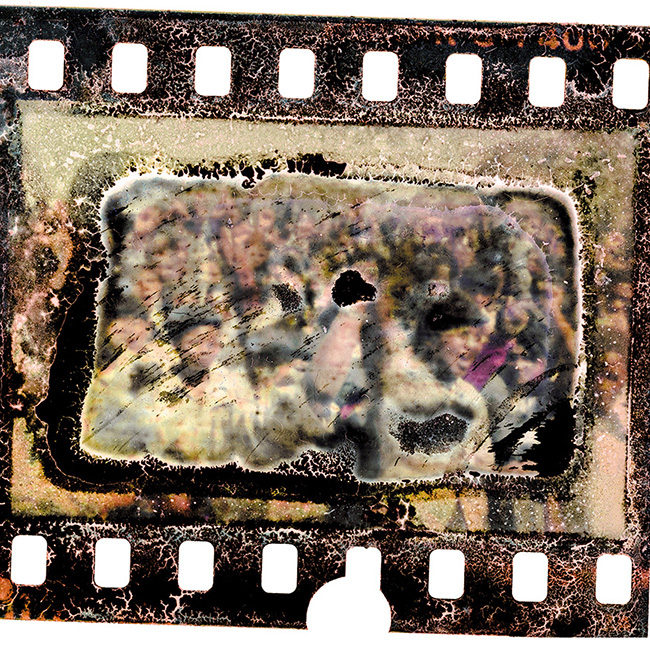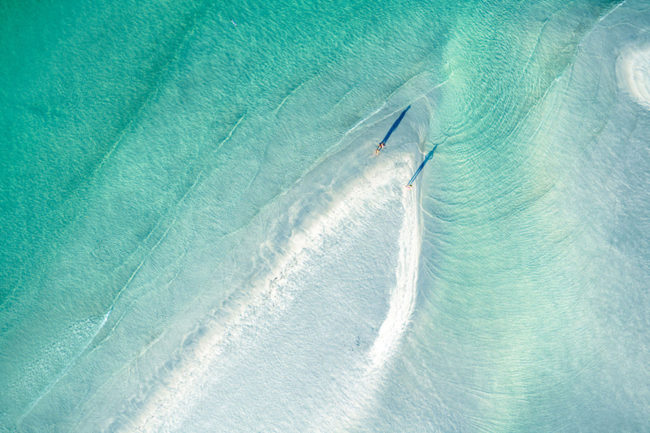California’s overlooked Inland Empire is the subject of an ambitious new exhibition called “In the Sunshine of Neglect: Defining Photographs and Radical Experiments in Inland Southern California, 1950 to the Present.” Showing simultaneously at UCR ARTS: California Museum of Photography and the Riverside Art Museum, the two-part exhibition includes 194 works by 54 photographers whose work “is so rich and diverse as to resist summary description,” says California Museum of Photography senior curator Douglas McCulloh, who organized the show.
California has loomed large in American culture since the 19th century as the land of second chances: a place to reinvent oneself in pursuit of fortune or fame. To accommodate accelerating migration during the post-war economic boom, development spread rapidly inland from LA. Now home to 4.5 million people, the Inland Empire is 27,000 square miles of sun-baked desert extending east-west along Route 10 from Pomona to just beyond Palm Springs, and north-south along Route 15 from Victorville to Temecula.
The area is an archetype of post-war suburbanization, and all of its social, economic and environmental implications. McCulloh observes that unlike Los Angeles and the San Francisco Bay Area, the Inland Empire lacks any visual icons beyond the interchangeable tract houses of its endless developments. “The place can feel rootless and provisional, even for people who grow up there,” he says. That culture, combined with the forbidding, disaster-prone landscape of “fault lines, fire zones, and flood plains” makes for what McCulloh calls “an experimental tabula rasa playground for photographers, where nothing was at stake, so everything was possible.”
“In the Sunshine of Neglect” probes the breadth and depth of photographers’ interpretations, casting a wide net in terms of genre, style, method, and ethnic and gender diversity. The much-celebrated work of photographers such as Robert Adams, Larry Sultan and Julius Schulman are well-represented. But McCulloh dug much deeper. For instance, he reprises the work of lesser known photographers including John S. Shelton, whose stark aerial landscapes are otherworldly; and showcases work by emerging artists such as Aashanique Wilson, who documents post-recession suburban decay. Much of the work in the exhibition is in the realm of fine-art documentary, but photographers who push conceptual boundaries are also represented, including Meg Madison, Robbert Flick, Ellen Jantzen, and Amy Bystedt and Sally Egan—whose imaginative 2015 “Fotomat” series takes viewers back to the 1970s.
McCulloh encourages visitors to “walk the galleries as you would a wonderfully varied neighborhood.” He has divided the exhibition into seven “transects” or themes, to help visitors navigate. The first two themes—New Topographics (works by Robert Adams, Lewis Baltz, Laurie Brown and others) and Social Landscapes (Lewis deSoto, Aashanique Wilson and Yolanda Andrade, to name several)—are the most extensive. The others are: Interventions (including the performative works of John Divola, Judy Chicago and Bystedt & Egan); Fires, Floods and Faultlines (including works by Richard Misrach and Sant Khalsa); Speculative Terrain (Jantzen, Leopoldo Peña and others); Peripheral Visions; and Contested Landscapes (Kim Stringfellow, Ron Jude, Hannah Karsen, J Bennett Fitts). There’s a lot to take in, but “In the Sunshine of Neglect” is a compelling survey of photographic work from out beyond the Hollywood sign, in an overlooked part of the state that figures significantly in California’s history—and photographic history. The exhibition is accompanied by a 274-page catalogue ($45), published by the Inlandia Institute.
—David Walker
“In the Sunshine of Neglect”
January 19-April 28
UCR ARTS: California Museum of Photography
